Interested in learning about potassium carbonate in food? Potassium carbonate is a chemical compound that is used as an additive in food. It is a white, odorless powder that has a slightly salty taste. It is used to add flavor to food, and it can also be used to prevent the growth of mold and bacteria.
You may want to use potassium carbonate in your cooking if you are looking for a way to add flavor to your dishes without adding salt. It can also help to keep your food fresh and free of bacteria.
If you would like to use potassium carbonate in your cooking, it is available for purchase at most grocery stores. You can also find it online.
What Is Potassium Carbonate In Food?
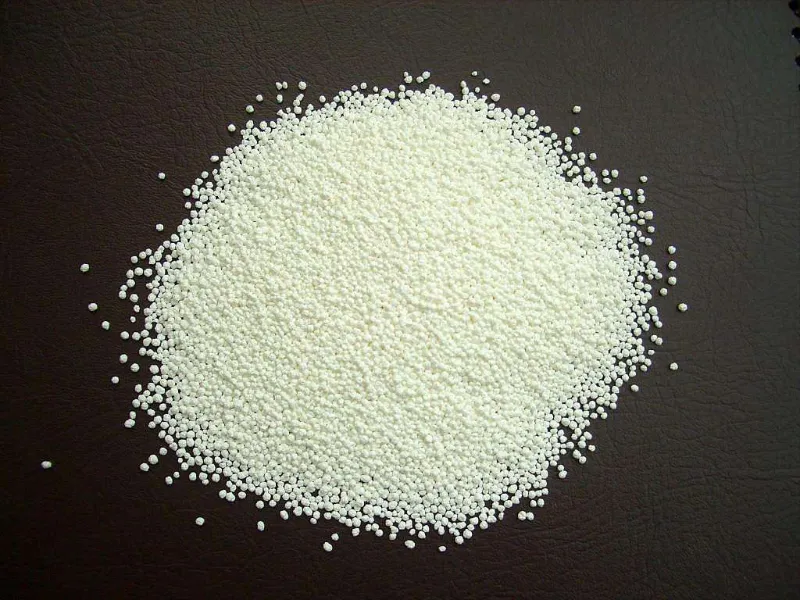
[amazon bestseller =”Potassium carbonate” items=”10″]
Potassium carbonate in food is a white, granular or powdery salt that is used as a preservative. It is also known as potassium salt, and has the chemical formula K2CO3.
Potassium carbonate is used in food processing as a preservative, because it can help to prevent food spoilage by inhibiting the growth of mold and bacteria. It is also used as a raising agent in baking, and as a sequestrant to help keep food fresh.
Potassium carbonate is generally considered to be safe for human consumption, although some people may experience minor side effects such as stomach upset or diarrhea. If you are concerned about the potential risks of potassium carbonate, speak to your doctor or a registered dietitian for more information.
It is a common ingredient in many processed foods, including cheese, cured meats, baked goods, and condiments. Potassium carbonate is also used to add tartness or bitterness to foods.
Potassium carbonate is used in cooking food because of many reasons. The first reason is that it can help to preserve food. Potassium carbonate can prevent the growth of bacteria and other microorganisms that can cause food poisoning. It can also help to keep food fresh for a longer period of time.
Another reason why potassium carbonate is used in cooking is because it can add a desired taste or flavor to food. Potassium carbonate can make food taste saltier, sweeter, or more sour. It can also add a desired color to food.
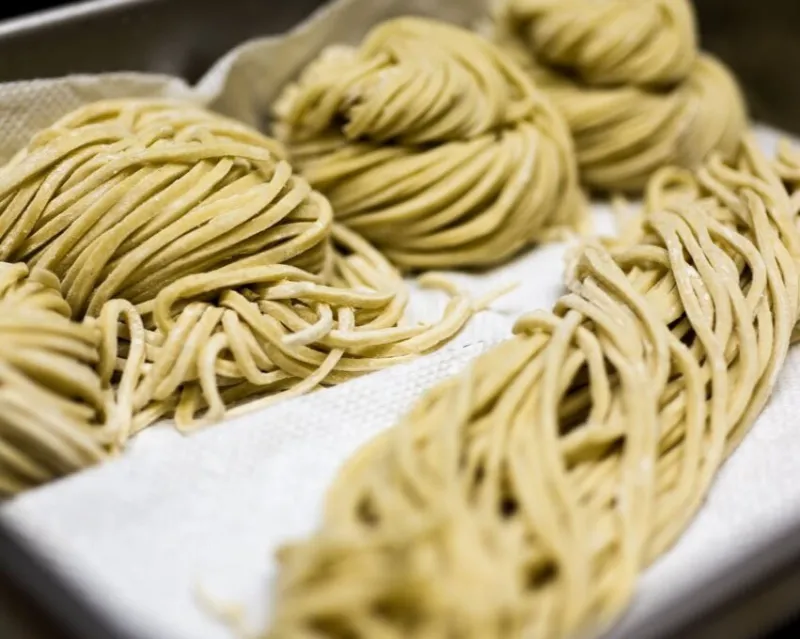
Using potassium carbonate in food can have some benefits. However, there are also some risks associated with using this ingredient. So, it is important to weigh the pros and cons before using potassium carbonate in your cooking.
Potassium carbonate is manufactured by treating potassium hydroxide with carbon dioxide. It is also known as potash, or pearl ash. It has a long history of use as a food preservative and flavor enhancer. In the United States, it was listed as an approved food additive by the Food and Drug Administration (FDA) in 1973.
Potassium carbonate is generally recognized as safe (GRAS) for use in food. However, some people may be sensitive to it and may experience gastrointestinal distress, such as diarrhea, after consuming foods that contain it. If you experience any adverse effects after eating food that contains potassium carbonate, it is best to avoid consuming foods that contain this ingredient.
If you have concerns about potassium carbonate in food, talk to your doctor or a registered dietitian. They can help you determine if it is safe for you to consume and can provide guidance on how to add it to your diet in a way that minimizes any potential side effects.
What Are The Uses Of Potassium Carbonate In Food?
There are many uses of potassium carbonate in food, including:
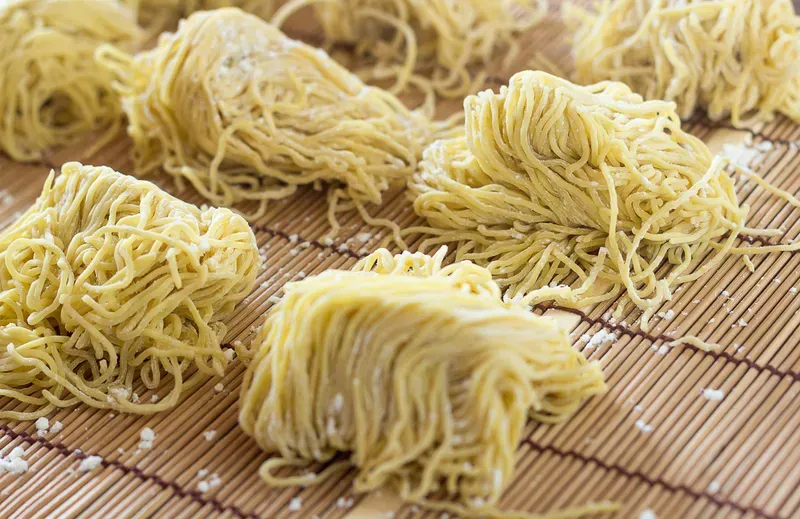
Leavening agent
The first uses of potassium carbonate in food were as a leavening agent. Baking soda is still used as a leavening agent today, but it is now also used to control the acidity of some foods. The potassium carbonate can be used to leave a more neutral flavor in some foods.
[amazon bestseller =”baking soda” items=”10″]
Buffer
Potassium carbonate can also be used as a buffer to control the pH of foods. This is often done in conjunction with other ingredients, such as sodium bicarbonate. It is because of this ability to control pH that potassium carbonate is often used in the food industry.
Flavor enhancer
Potassium carbonate can also be used as a flavor enhancer. It can be used to add a salty flavor to foods, or it can be used to reduce the bitterness of some foods. Moreover, it can also be used to add a crunchy texture to some foods.
Adding potassium carbonate will help your food to taste better while also providing some health benefits. Your food will have a taste of salt, which can help to mask any bitterness. Additionally, the added crunch can make your food more enjoyable to eat.
Nutrient supplement
Potassium carbonate is also sometimes used as a nutrient supplement. This is because potassium is an essential mineral for the human body, and it is often difficult to get enough of it through diet alone. Adding potassium carbonate to food can help increase the amount of potassium that is consumed.
Potassium carbonate can also be used as a supplement for plants. This is because potassium is an essential nutrient for plants, and it is often difficult to get enough of it through the soil alone. Adding potassium carbonate to the soil can help increase the amount of potassium that is available to plants.
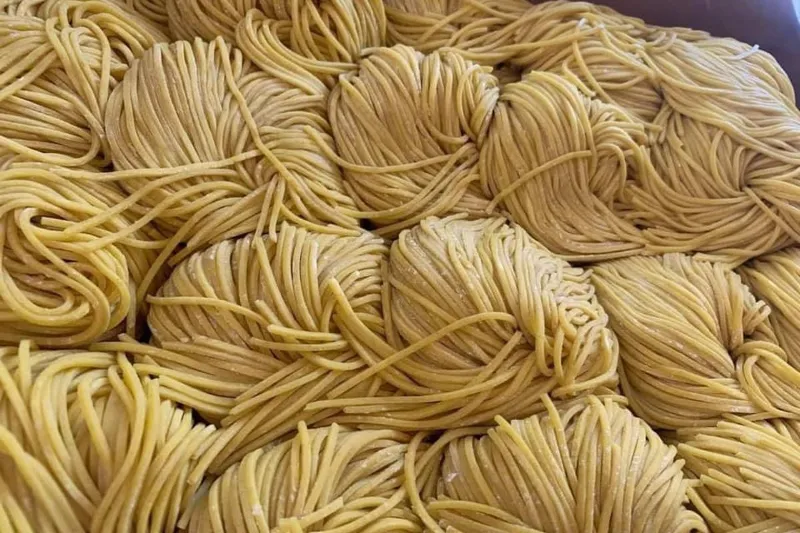
Preservative
Potassium carbonate can also be used as a preservative. It can help to extend the shelf life of some foods by keeping them from spoiling. This is because potassium carbonate can help to control the growth of bacteria and other microorganisms. In addition, it can also help to prevent the growth of mold and other fungi.
Potassium carbonate can be used as a preservative in a number of different ways. It can be added to food before it is packaged, or it can be sprayed onto the surface of food that has already been packaged. It can also be added to the water that is used to wash food.
[amazon bestseller =”food package” items=”10″]
Potassium carbonate is a food grade chemical, which means it is safe to use in the kitchen. However, it is important to follow the instructions on the label when using it as a preservative. too much potassium carbonate can make food taste bitter.
Tenderize meat
[amazon bestseller =”meat tenderize powder” items=”10″]
Potassium carbonate can be used to tenderize meat. It is often used in cured meats such as ham and bacon. When added to water, it breaks down into potassium hydroxide, which is a powerful base. This helps to break down the tough connective tissues in meat, making it more tender.
Potassium carbonate is sometimes used as a food additive, and it is also a common ingredient in many kinds of detergent. It can be corrosive, so it is important to use gloves when handling it.
If you are tenderizing meat for a recipe that calls for a marinade, you can add potassium carbonate to the marinade. This will help to break down the tough connective tissues in the meat, making it more tender.
You can also add potassium carbonate to a brine solution for meats that are going to be cooked whole, such as a turkey or chicken. This will help to tenderize the meat and keep it moist during cooking.
What Are The Benefits and Potential Risks of Potassium Carbonate In Food?
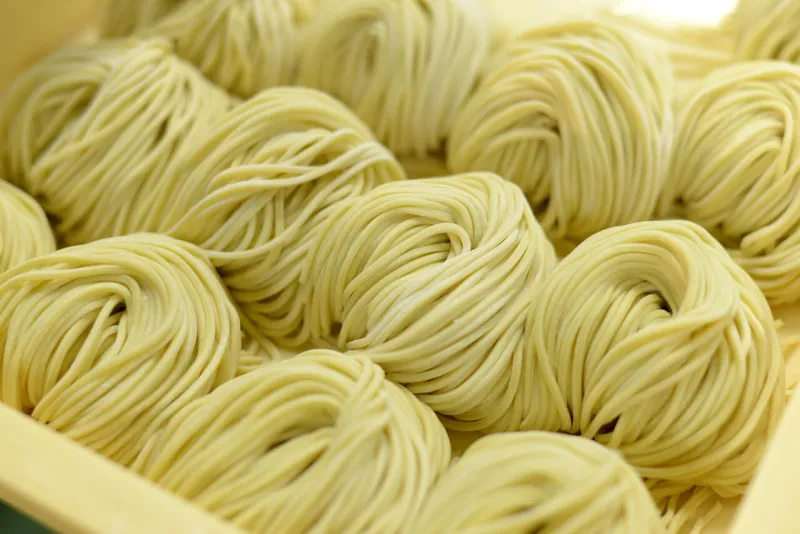
Main Benefits of Potassium Carbonate In Food
Potassium carbonate is a food additive that is used to leaven bread and control the acidity of food. It has no nutritional value, but it does have some benefits. It can help to control the pH of food and prevent the growth of bacteria. It can also help to improve the texture and flavor of food.
The next benefit of potassium carbonate is that it can help to improve the texture of food. This is because it can help to bind together the ingredients in food. This can make the food more dense and less crumbly. It can also help to reduce the amount of fat in food.
Another benefit of potassium carbonate is that it can help to improve the flavor of food. This is because it can help to release the flavors of the ingredients in food. It can also help to mask the taste of some of the other additives that are used in food.
One of the most important benefits of potassium carbonate is that it can help to prevent the growth of bacteria. This is because it can help to control the pH of food. Bacteria thrive in an environment that is acidic. By controlling the pH of food, you can help to prevent the growth of bacteria.
Potassium carbonate is a food additive that hasj many benefits. It can help to leaven bread, control the acidity of food, improve the texture of food, and improve the flavor of food. It can also help to prevent the growth of bacteria. If you are looking for a food additive that has many benefits, then potassium carbonate is a good choice.
Moreover, potassium carbonate can help to preserve the nutritional value of food. This is because it can help to prevent the loss of vitamins and minerals from food.
Finally, potassium carbonate can help to preserve food. This is because it can help to prevent the growth of bacteria. It can also help to prevent the food from spoiling.
Potassium carbonate is a safe and effective food additive that can offer many benefits. It is important to talk to your doctor or dietitian before adding any new food additives to your diet.
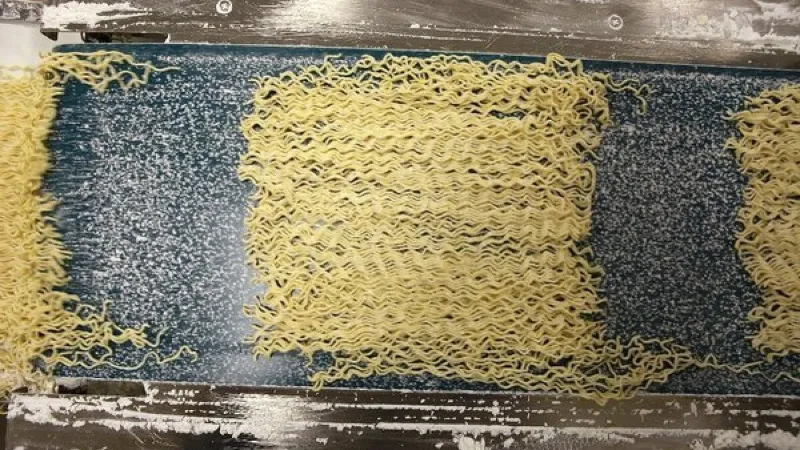
Potential Risks of Potassium Carbonate In Food
Although potassium carbonate has some benefits, there are also some potential risks associated with its use. Some of the potential risks include:
Some people may be allergic to potassium carbonate. If you experience any symptoms of an allergic reaction, such as hives, swelling, or difficulty breathing, stop taking the supplement and seek medical attention immediately.
Potassium carbonate may cause gastrointestinal upset, including nausea, vomiting, and diarrhea. If you experience any of these symptoms, stop taking the supplement and consult your doctor.
Potassium carbonate may interact with other medications, including diuretics, heart medications, and blood pressure medications. If you are taking any other medications, talk to your doctor before taking potassium carbonate.
Potassium carbonate may cause kidney damage, particularly if you have preexisting kidney problems. If you experience any symptoms of kidney damage, such as decreased urine output, swelling in your ankles or feet, or fatigue, stop taking the supplement and consult your doctor.
Potassium carbonate may cause high blood pressure. If you have preexisting hypertension, or if you experience any symptoms of high blood pressure, such as headaches, dizziness, or chest pain, stop taking the supplement and consult your doctor.
If you have any concerns about taking potassium carbonate, talk to your doctor before starting the supplement.
How To Use Potassium Carbonate In Food?
There are many ways to use potassium carbonate in food. Here, we will give you four potassium carbonate in food cooking recipes. Try out:

Baked potatoes with cheese and sour cream
[amazon bestseller =”sour cream” items=”10″]
You can use potassium carbonate in this baked potatoes with cheese and sour cream. The first thing you should do is to preheat your oven at 400 degrees Fahrenheit. Cut the potatoes into small pieces and put them in a baking dish. Add some butter, cheese, and sour cream.
Pierce potatoes several times with a fork. Rub each potato with 1/2 teaspoon of potassium carbonate and place on a baking sheet. Bake for 1 hour or until potatoes are tender. Cut a small slit in the top of each potato and spoon on some of the cheese mixture.
Sautéed mushrooms
This sautéed mushrooms recipe is a great way to use potassium carbonate in food. First, you need to preheat a pan on medium heat and add some olive oil. Then, add the mushrooms and cook until they are brown. Add garlic, salt, and pepper to taste. Finally, add 1/2 teaspoon of potassium carbonate and cook for another minute.
When using potassium carbonate in sautéed mushrooms, you should keep in mind that it is a very strong alkali. Therefore, you should use it sparingly and only add it at the end of cooking. Otherwise, your dish may become overly salty or have a soapy taste.
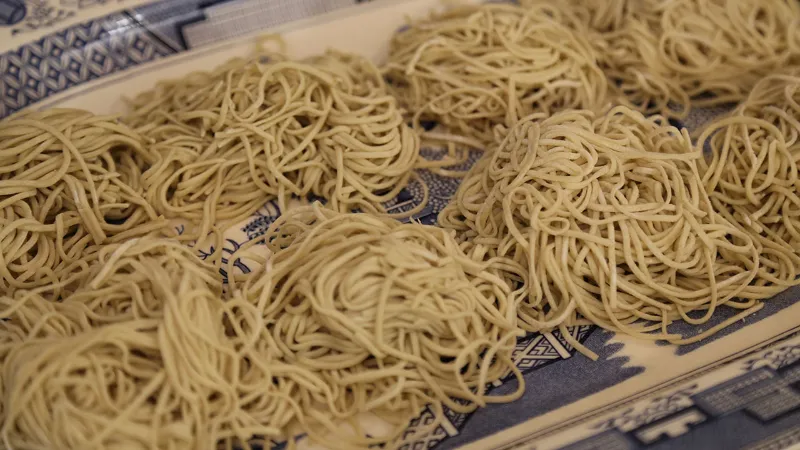
Roasted Brussels sprouts
This roasted Brussels sprouts recipe is a great way to use potassium carbonate in food. First, you need to preheat your oven at 400 degrees Fahrenheit. Then, cut the Brussels sprouts in half and add them to a baking dish. Next, drizzle olive oil and balsamic vinegar over the top. Finally, season with salt, pepper, and 1/2 teaspoon of potassium carbonate.
When using potassium carbonate in roasted Brussels sprouts, you should make sure that you don’t add too much of it. Otherwise, your dish may become overly salty or have a soapy taste.
Risotto with peas and bacon
[amazon bestseller =”frozen pea” items=”10″]
This risotto with peas and bacon is another way to use potassium carbonate in food. First, you need to cook the bacon in a pan until it is crisp. Remove the bacon from the pan and set it aside on a paper towel to cool. Then, add the onion and garlic to the same pan and cook until they are softened.
Next, add the rice and cook for a few minutes until it is evenly coated with the fat from the bacon. Finally, add the chicken broth and peas and bring to a boil. Season with salt, pepper, and 1/2 teaspoon of potassium carbonate.
When using potassium carbonate in risotto, you should make sure that you don’t add too much of it. Otherwise, your dish may become overly salty or have a soapy taste.
As you can see, there are many ways to use potassium carbonate in food. Just remember that it is a very strong alkali and should be used sparingly. Otherwise, your dish may become overly salty or have a soapy taste. Try out these four recipes and enjoy!
Things To Keep In Mind When Cooking Potassium Carbonate In Food

There are things you should keep in mind when using potassium carbonate in food. The first and most important thing is that you should always use food-grade potassium carbonate. This type of potassium carbonate is specifically designed for human consumption and is safe to use in food.
The second thing to keep in mind is that potassium carbonate can have a strong alkaline taste. This means that it can make some foods taste bitter or soapy. To avoid this, you should start by using a small amount of potassium carbonate and slowly increase the amount you use until you reach the desired taste.
Another thing to keep in mind is that potassium carbonate can cause some foods to discolor. This is most likely to happen with light-colored fruits and vegetables. To prevent this, you should add the potassium carbonate to the food after it has been cooked.
You should be aware that potassium carbonate can interact with other chemicals in food. For example, it can react with calcium to form insoluble calcium carbonate. This means that it is important to add potassium carbonate to food only when you are ready to eat it.
Moreover, you should always store potassium carbonate in a cool, dry place. This will help to prevent it from reacting with other chemicals and becoming less effective.
One more thing to keep in mind is that potassium carbonate can be dangerous if ingested in large amounts. Therefore, you should always use it in moderation and consult with a doctor before using it if you have any concerns.
Overall, as long as you keep these things in mind, cooking with potassium carbonate can be a safe and easy way to add flavor and nutrition to your food.
If you follow these tips, you can use potassium carbonate safely in food and avoid any problems. Keep these things in mind and you will be able to use potassium carbonate in food without any problems.
FAQs

What is potassium carbonate?
Potassium carbonate is a white, odorless powder that is soluble in water. It is used in the production of glass, soap, and other chemicals. It is also used as a food preservative.
Is potassium carbonate safe to use?
Yes, potassium carbonate is safe to use. However, it is always best to consult with your physician or healthcare provider before using any new medication or supplement.
What are the side effects of potassium carbonate?
Potassium carbonate is generally well tolerated. The most common side effects are gastrointestinal upset, such as diarrhea and stomach pain. Some people may also experience headaches, dizziness, or skin rash. If you experience any of these side effects, discontinue use and consult with your physician or healthcare provider.
How do I take potassium carbonate?
Potassium carbonate can be taken orally, typically in the form of a tablet or capsule. It can also be dissolved in water and taken as a liquid. The recommended dosage depends on the reason for taking potassium carbonate. Always consult with your physician or healthcare provider before taking any medication or supplement.
What are the possible interactions with potassium carbonate?
Potassium carbonate can interact with certain medications, such as diuretics, ACE inhibitors, and potassium-sparing diuretics. These interactions can increase the risk of side effects. Always consult with your physician or healthcare provider before taking any medication or supplement.
Can I take potassium carbonate if I am pregnant or breastfeeding?
No, potassium carbonate should not be taken by pregnant or breastfeeding women. It can pass into breast milk and may cause serious side effects in nursing infants. If you are pregnant or breastfeeding, consult with your physician or healthcare provider before taking any medication or supplement.
Conclusion
Potassium carbonate in food is a food additive that has several purposes. It can be used as an anti-caking agent, a leavening agent, and a pH adjuster. This means that it can keep foods from sticking together, make them rise, and change their acidity levels.
While it does have some benefits, potassium carbonate can also have some negative effects on your health if consumed in large quantities. It is important to moderate your ihttps://www.youtube.com/watch?v=xOnSN35bJz4ntake of this food additive and to speak with a doctor if you have any concerns.

Jen Lin-Liu is the founder of Black Sesame Kitchen. A Chinese-American writer and a nationally certified Chinese chef in Beijing. Jen is the author of two memoirs, Serve the People: A Stir-Fried Journey Through China and On the Noodle Road: From Beijing to Rome with Love and Pasta.

